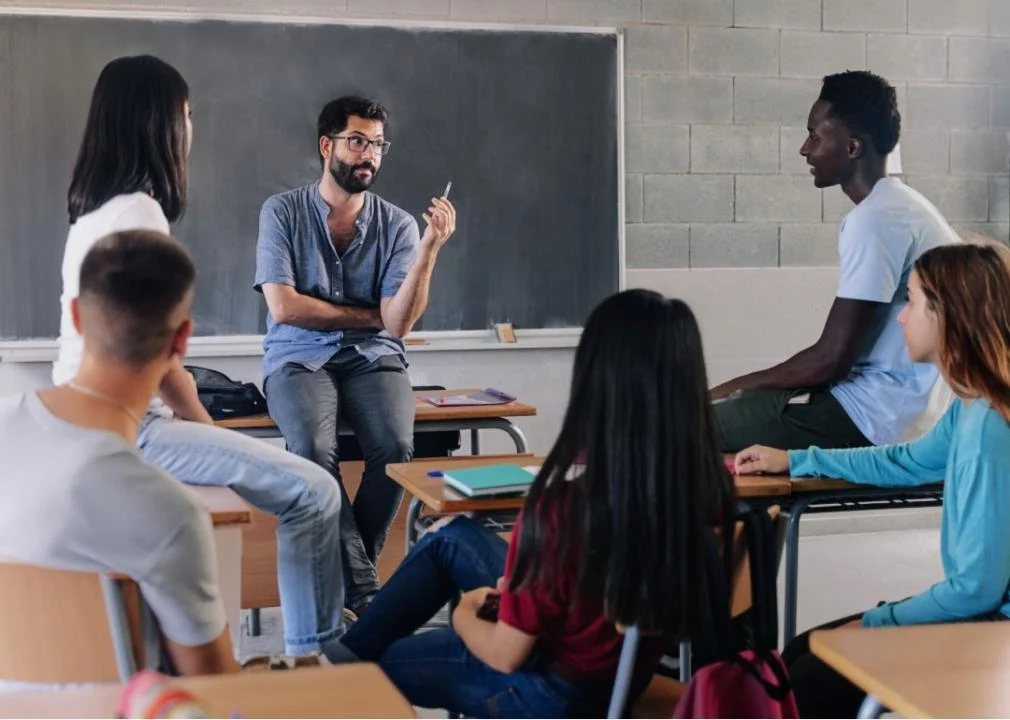
20 Sep Reevaluating AI in Education: Beyond the Hype to Realistic Expectations
Reevaluating AI in Education: Beyond the Hype to Realistic Expectations
As the use of Artificial intelligence (AI) has increased, it has been touted as the next revolution in education. From smart tutoring systems, to AI-driven grading tools, the narrative emerged that AI would make education more personalized, efficient, and accessible. As AI solutions have started to be integrated in schools and tutoring services, however, the results have often fallen short of expectations.
Understanding AI’s Limitations
AI’s promise in education has faced practical challenges, from high implementation costs to security concerns. More critically, AI lacks the emotional intelligence crucial for effective teaching. While AI can automate administrative tasks and provide data-driven insights, it struggles with nuanced student interactions—something that in-person tutors handle adeptly.
Security Concerns – For example, if classwork is assigned within a learning management system (LMS) like Canvas, should AI be integrated to allow students to do research or get help with a math problem within the course shell? It may seem like a good idea to keep everything in one place, but there could be implications for data security. Since the LMS is likely tied to student records, it is important to understand the breadth and depth of any AI tool’s reach. IT administrators need to be part of this conversation from the start to avoid security issues.
Lack of Emotional Intelligence – One of the most profound limitations of AI in education is its inability to replicate human emotional intelligence. Teaching and tutoring are not just about transmitting knowledge; they involve understanding and responding to the emotional and psychological needs of students. A tutor can pick up on signs of frustration, anxiety, boredom, or confusion and adjust their approach accordingly. AI, however, is not designed to detect or respond to these nuanced emotional cues. Even the most advanced AI systems can’t mirror the empathy and motivation demonstrated by human tutors.
It May Do More Harm than Good
The fact is that AI is not a tutor or a teacher; it is a predictive tool that pulls from information it has been fed. Sometimes that information is incorrect, and students have not yet learned enough about the subject to distinguish what’s accurate from what’s false. Responses also depend on the quality of the prompt being submitted which can also lead to incorrect answers. If a student is having difficulty understanding a concept, they may not know how to word a prompt to elicit the correct response; this may lead to additional confusion and frustration.
More alarming, still, is the research conducted by the Wharton School indicating that there can actually be a negative impact on learning for students using AI. In their study, students who used AI as part of a mathematics curriculum had better performance while using the technology, but when the AI was taken away, they performed worse than students who never had access to it. This suggests that AI was serving as a support mechanism for students in solving math problems, but wasn’t providing the critical skills needed to solve the problems on their own.
The Superiority of High-Dosage Tutoring
In contrast, high-dosage in-person tutoring excels where AI falters. Personal interaction is at the heart of this tutoring approach, providing tailored support that AI cannot replicate. High-dosage tutors adapt to the emotional and educational needs of their students, fostering a learning environment that nurtures both academic and personal growth.
Consider the scenario in a high-dosage tutoring session: a tutor notices a student’s frustration with a complex math problem and adapts their teaching strategy to offer clear, empathetic guidance. This adaptability helps students build confidence and critical thinking skills, ensuring they understand foundational concepts deeply, rather than merely scraping by on surface-level knowledge.
While AI can supplement certain educational tasks, the human element remains indispensable. Our future should not see AI replacing teachers but rather, enhancing the educational ecosystem where in-person, high-dosage tutoring plays a pivotal role. Educators and policymakers must prioritize investments in tutoring programs that offer real, empathetic, and effective education, preparing students not just academically, but also emotionally for the world ahead.
AI can help with administrative tasks, provide supplementary practice for students, and offer data-driven insights, but it cannot replicate the knowledge and empathy of educators. As we continue to integrate AI into schools and tutoring, it’s important to maintain a balanced perspective and recognize that the human touch remains essential in education.
For more insights into how HeyTutor leverages human expertise and technology to provide comprehensive education solutions, book a call today..

